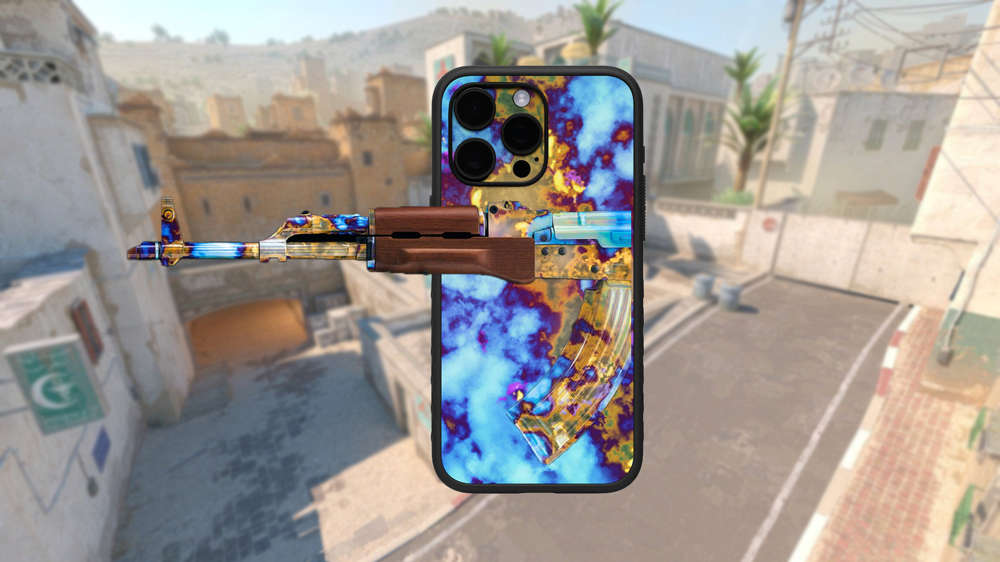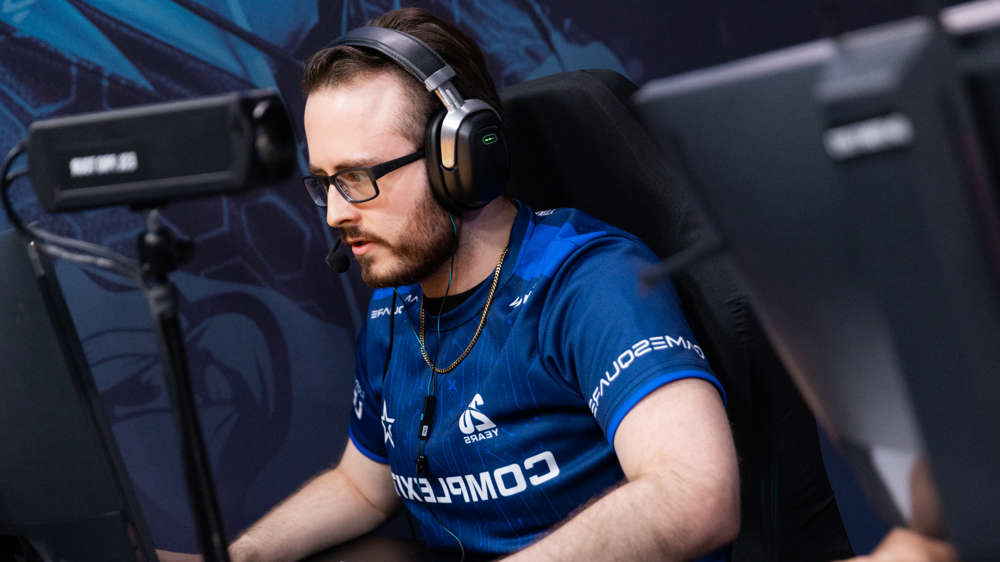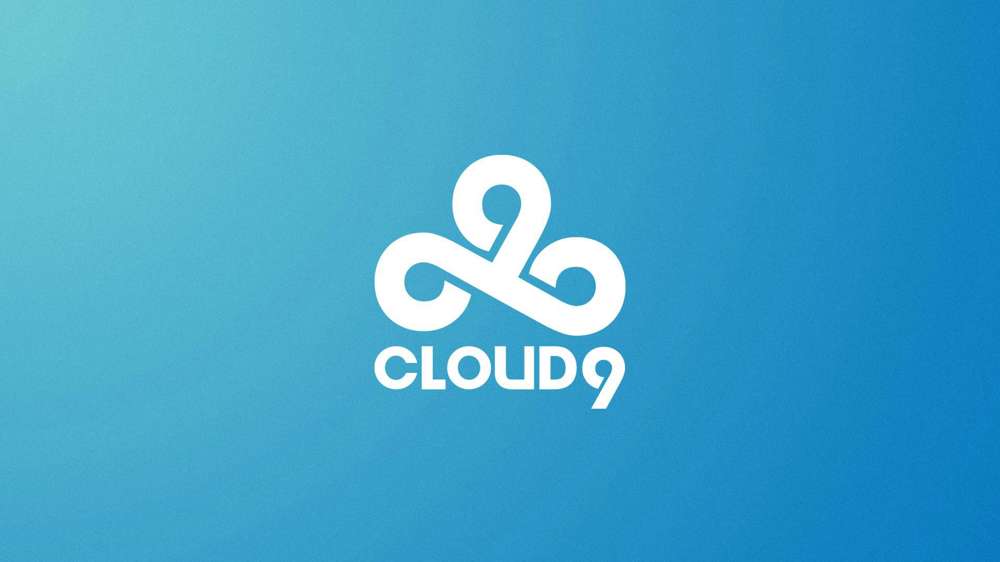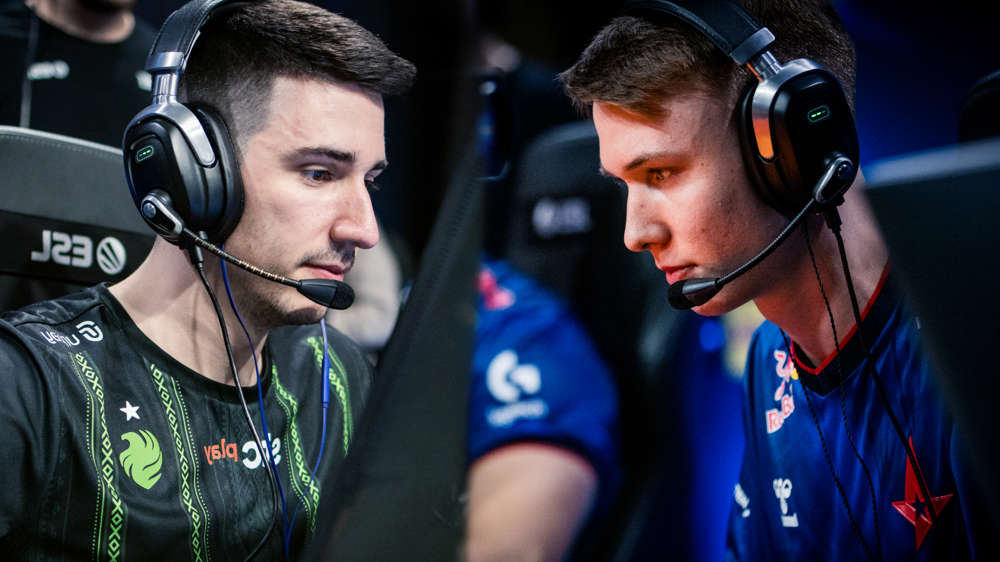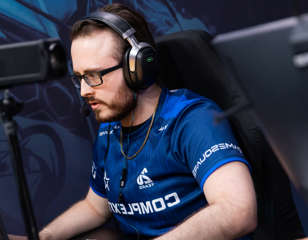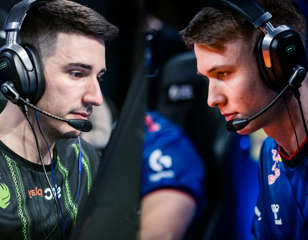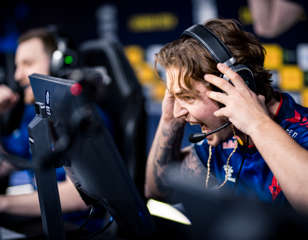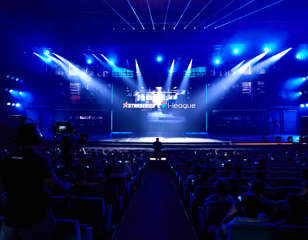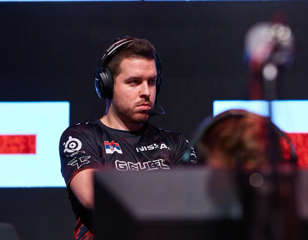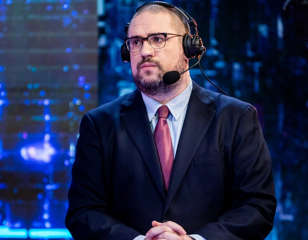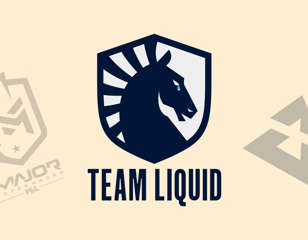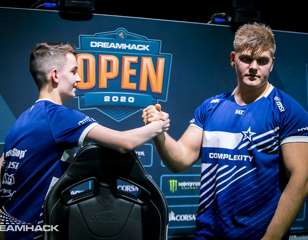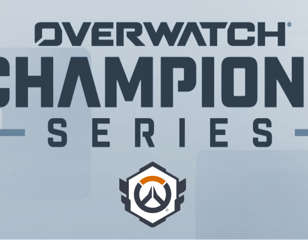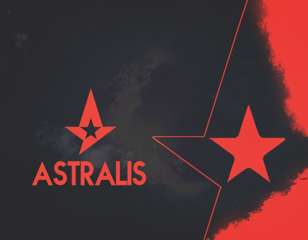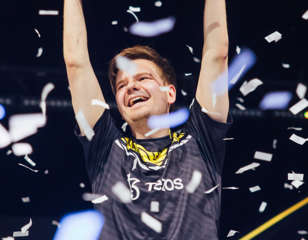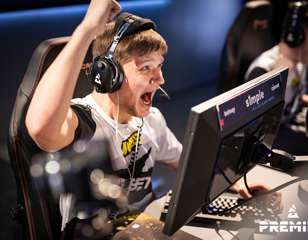What makes an immortal career: A historical overview of evergreen CS players
Some Counter-Strike legends have defied the odds and have enjoyed a long career, having been active for over a decade, but how do they keep up for so long?

Stephen "stuchiu" Chiu
10th May 2020 20:00
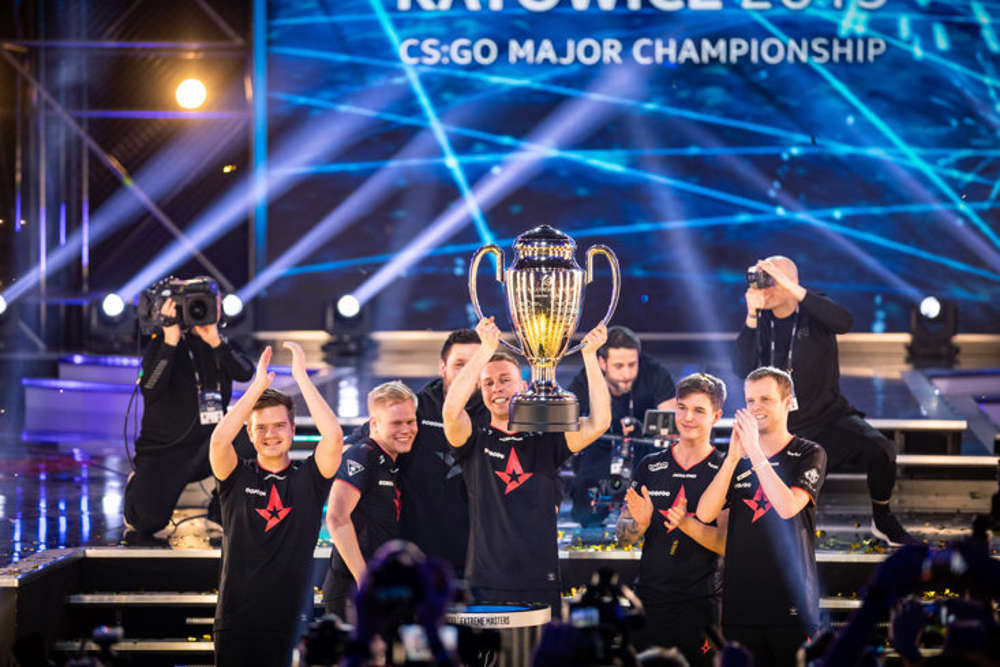
CS:GO is one of the best games when it comes to player career longevity. In other games like League of Legends, a player’s career can burn out within the span of 1-2 years. There are multiple causes including tournament format, practice infrastructure, schedule, Korean acceleration (where Korean teams often squeeze the most out of their players without regard to long-term careers) and game patches.
In contrast, it isn’t uncommon for top CS:GO players to stay within the conversation of the top 10-20 players in the world for 4-6 years. When a legendary player does finally drop off, no one can ever figure out why as the potential causes vary from team situation, burnout, discipline, skill, system, or pure entropy.
With seven years of professional play, I’ve picked out players who have stood the test of time: whether they were evergreen players or players that resurrected their careers. With their careers in hand, I looked to see if there were any common factors that could answer what qualities a player needs to have a long career at the top of CS:GO.
Setting out the criteria
Before we get into the player careers, I’ll first set some criteria to set the foundations of the argument. First, I ignored player careers in previous Counter-Strike games. While players like Christoper “GeT_RiGhT” Alesund, Patrik “f0rest” Lindberg, Filip “NEO” Kubski, and Wiktor “TaZ” Wojtas could point us to critical lessons on career longevity, I don’t have the expertise or knowledge to make solid judgements.
Secondly, I’ve also ignored the generation of miracles: Marcelo “coldzera” David, Nikola “NiKo” Kovac, and Oleksandr “s1mple” Kostyliev. I consider the three of them extreme outliers as players (in terms of a combination of talent and work ethic) so their data isn’t helpful in trying to decipher normative patterns among top CS:GO players (exceptional as they all are).
Now let’s look at the criteria for evergreen players. I looked at two things: their length of time on a top team and performance relative to their role. I decided to go for a period of 6-7 years playing at or near a top 20 level.
Players that qualified for this category included: Nicolai “dev1ce” Reedtz, Peter “dupreeh” Rasmussen, Andreas “Xyp9x” Hojsleth, Freddy “KRIMZ” Johansson, Nathan “NBK-” Schmitt, Kenny “kennyS” Schrub, and Ladislav “GuardiaN” Kovacs.
As for players who have resurrected their career, I picked out the biggest outliers. I.e. Players who had a big drop off, but then had a massive return that approximated their previous peak form. The players that made this list were: Richard “Shox” Papillon, Kenny “kennyS” Schrub, and Jesper “JW” Wecksell.
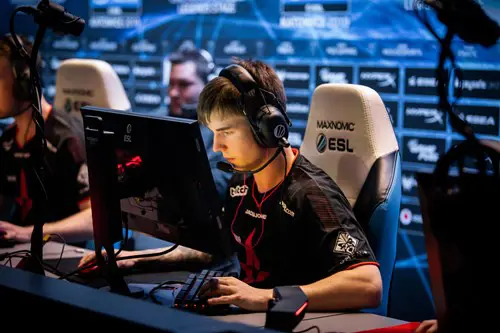
The Evergreen Danish Trio
Among the evergreen players, the three that stand out immediately are dev1ce, dupreeh, and Xyp9x. They are the only core unit to have made the list and the three of them have played together since 2013. All three players have been top players in their respective roles the entire time, the notable exception being a few slumps in dupreeh’s career.
They are the core unit that has been a part of three of the best lineups in CS:GO history. The TSM lineup in 2015 with Finn “karrigan” Andersen and Rene “cajunB” Borg. The 2016-2017 Astralis lineup with Markus “Kjaerbye” Kjaerbye and Lukas “gla1ve” Rossander. The third is their current lineup with Emil “Magisk” Reif and gla1ve, this lineup is rightly considered the greatest lineup to ever play the game.
While each of the three players is unique in their role and impact in the game, it’s useful to think about them as a core group of players in regards to understanding player longevity. If you look at it through that lens, five/sex factors pop up.
The first is that the three of them surpass the base level of consistent skill for their respective roles. Dev1ce is the most consistent superstar player. dupreeh is more up-and-down, but still far above average considering his roles over the years. Outside of some spots early on, Xyp9x has been the best support player in CS:GO history.
Outside of the consistent skill, the second thing that stands out is the versatility of the three players. Dev1ce was originally a superstar rifler and has become the platonic ideal of what coaches want from a superstar AWPer.
Dupreeh is one of the most versatile secondary stars in the game as he has switched from entry-fragging to lurking to AWPing and back to entry-fragging across his career. Xyp9x started as a star player, but once he teamed up with dev1ce and dupreeh, he devoted himself to low-impact roles to give them the space to shine and by doing so has become the best clutcher in CS:GO history.
This versatility also displays the third factor of their success as evergreen players: their growth. All three players have continued to expand and grow their skills across time. Among the three, Dupreeh’s career is the most informative of what it takes to be an evergreen player as he’s been the least consistent of the three.
At different points in his career, Dupreeh hit multiple slumps. This isn’t too surprising as Dupreeh generally favoured the entry-role which is an inherently up-and-down role. What makes dupreeh’s career so revealing though is his transition to lurking during the 2017 period and then primary AWPing at the end of 2017. His career shows that one of the ways to keep an evergreen career is to drastically change your role within the team and renew yourself in that way.
The reason I think this episode is key is because dupreeh’s transition gave more space to Kjaerbye in the 2017 lineup and made Kjaerbye the secondary star of the team. dupreeh was versatile enough to switch up his role and still have a strong impact for his team as a third star and lurker. Dupreeh’s versatility let him switch up roles, gain fresh perspective, and open up space so more talent could come into the team. When Kjaerbye eventually left the team, dupreeh had regained his prior form and shifted his role back to entry-fragger.
If we zoom out a bit, the reason the Danes could grow and expand their versatility was their belief in a structured system. The core trio always made sure they had an in-game leader: Henrik “FeTiSh” Christensen was the first, Karrigan second, and gla1ve the third. By having structure, they created a consistent foundation that let them identify problems and come up with solutions faster relative to looser teams.
To give a comparison, Fnatic also had a core of players with KRIMZ, Jesper “JW” Wecksell, and Robin “flusha” Ronnquist. While the three of them have been at the core of multiple great teams, they played a far looser style. This made it harder for them to correctly identify problems and solutions in the team. I suspect this is why they kicked Maikil “Golden” Selim earlier and it was only after an extended period without him that Fnatic realized he was a critical factor in their success.
The final and arguably most important reason the three Danes have had evergreen careers is because they correctly identified the core unit of players they should play with to consistently have success. For most of CS:GO’s history, GMing has been in the hands of the players and the teams that have had the most success are generally the ones that can create the best teams. By sticking together, dev1ce, dupreeh, and Xyp9x created a core foundation of greatness which has given them a consistent structure to build around for each subsequent lineup.
To sum up, dev1ce, dupreeh, and Xyp9x have evergreen careers is because of their base skill, versatility, growth, structured system, and GMing. As we move on to other evergreen careers or resurrected players, we will these factors come up again and again across time.
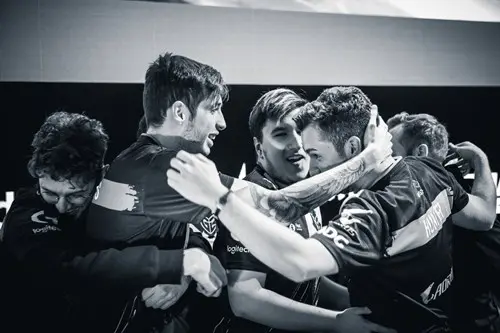
France, Sweden, and GuardiaN
The two French players that have had evergreen careers are kennyS and NBK. Both have been top players since they entered the scene. What’s interesting is that the reasons for longevity are completely different. KennyS has ridiculous longevity because he’s one of the most talented players in CS:GO history. In terms of raw talent he’s as good as any of the players in the generation of miracles.
While kennyS is far more inconsistent than them, his low points have him at the bottom of the top 20 players in the world. KennyS’ career tells us that prodigious talent is enough to create an evergreen career. I’ll touch on his career again when we look at resurrected careers in the next section.
In contrast to him is NBK. NBK is quite similar to the Danish trio, particularly dupreeh and Xyp9x. Like Dupreeh, NBK consistently switched up his roles throughout his career and has played just about every role in the game. Like Xyp9x, NBK has played a fill position. He tries to create as much space as possible for the other players on his team to shine.
Like both of them, NBK has been fairly consistent and continually expanded his skills overtime. As a player, he has created core units to get success, whether that be with Kevin “Ex6TenZ” Droolans, Vincent “Happy” Schopenhauer, Shox, or most recently Aleksi “Aleksib” Virolainen. NBK’s career largely confirms the Danish trio’s success. Versatility, growth, and correct GMing leads to a largely successful career.
Next we go to Sweden or more specifically KRIMZ. KRIMZ has the strangest evolution of the evergreen players. He started off as a support player in LGBesports in 2013. At the time the bigger names on the LGBesports team were: olofmeister, Dennis “dennis” Edman, and Simon “twist” Eliasson. Fnatic recruited olofmeister and didn’t have any plans to get KRIMZ. Fnatic eventually got KRIMZ too after olofmeister gave a recommendation. Flusha recalled in an interview that Olofmeister said, “KRiMZ was the best team player he had ever played with.”
Those words were prophetic as the olofmeister-KRIMZ duo became legendary. To this day, I don’t think there is any other duo that had the synchronicity that the two of them had playing together. During peak-Fnatic, olofmeister was the primary star of the team, bit KRIMZ wasn’t too far behind. What made KRIMZ different though was that in terms of style he was closer to Xyp9x than a traditional star player. He was eternally consistent, a brilliant anchor, a great clutcher, and a fantastic team player. While he could be the best player on the team, he generally held the position of secondary or tertiary star in that Fnatic lineup.
What makes KRIMZ’s longevity different from all of the other players on this list is that he went the reverse direction of players like Xyp9x and NBK. In general, the evolution of most competitors is to take less polarized roles on the team as their skills start to drop off. KRIMZ went the opposite direction. After olofmeister left Fnatic, KRIMZ has been put into a larger role and he’s become an even better player.
While Fnatic has been up-and-down (outside of the Golden periods), KRIMZ has been a superstar player ranging somewhere between top 5 to top 15 players in the world. In the better lineups. His overall skill set is different from a typical superstar as he’s far more calculating and versatile. He combines mechanics with his game sense, teamplay, and overall understanding of the game.
This means that he’s a consistent threat in every phase and side of the round as he can win raw aim duels, out-rotate players, setup traps, disrupt enemy plans, and have a chance to win any 1vX he’s put into.
What’s more, his teamplay is still some of the best in the world and while the olofmeister-KRIMZ dynamic no longer exists, his teamplay with JW and flusha is arguably the best in the world. Their dynamic is so strong that they consistently give Astralis a hard time as they can compete with and overtake Astralis’ own teamplay. Overall, KRIMZ’s career does affirm that versatility and growth does lead to a prolonged career, but it’s worth mentioning that it’s unlikely that many other players can follow a similar path to what KRIMZ has done with his career.
The final player to look at is GuardiaN. Unlike the other players on this list, GuardiaN has been in a prolonged decline from 2019 to now. Outside of that, he was fantastic from 2013 to 2018 and unlike the other players on this list, had to play outside of a national squad for his entire career. When I look at GuardiaN’s career, the two biggest qualities that have led to his prolonged success have been his own talent and a team with a coherent identity.
He played his best when he was the focal point of the Na`Vi lineups (the ones that used Danylo “Zeus” Teslenko’s system and had Sergey “starix” Ischuk at the wheel) and was still a strong secondary star when he played on FaZe when Karrigan was still the in-game leader.
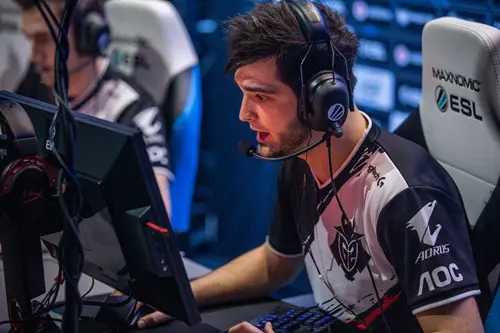
The Resurrected
Beyond the evergreen players are players who have resurrected their careers. Multiple players have had mini-returns, but only a few have completely resurrected peak form. Among those, the three most notable names are: Shox, KennyS, and JW.
Shox and KennyS are both players that have comparable talent to the generation of miracles, so it’s hard to glean qualities that could lead to an evergreen career. After looking at their careers in retrospect, I still can’t figure out a consistent trigger that let them hit peak form. Between the two of them, they have had three resurrections: Shox in 2016 G2, kennyS in 2017 G2, and kennyS in 2019-2020 G2.
In 2016, Shox reached top 5 player form after he took the reins of leadership from Ex6TenZ and played a looser style that let him and Adil “ScreaM” Benrlitom maximize their potential. In 2017, kennyS was banging as the superstar AWPer of the French dream team, and has recently reached a similar peak on the international G2 squad.
The general narrative has been that the two of them need to feel comfortable in order to unleash their full potential. Many assumed that meant playing with people they liked and with shox not being the in-game leader. However if I look at Shox’s career, his return came from him taking over Ex6TenZ’s spot. The peak of that particular G2 lineup didn’t last long though as it quickly puttered out in a few months.
Given how shox’s career has gone, I suspect that Ex6TenZ was likely the catalyst that helped Shox reach his potential in CS:GO. He created a structured framework of play that allowed Shox’s artistic expression to flourish. Even that hypothesis has flaws in it as the two did teamup again in the G2 reunion tour of 2018 failed to resurrect Shox or kennyS to their original levels. As for kennyS, his resurrections are most closely correlated to how much space the team can give him, though that doesn’t always work.
The overarching lesson is that while teams have to make concessions to players of extreme talent to enable them, it’s a less consistent approach compared to the Danes.
The final player to look at is JW. JW is the archetype of the “wildcard” role. Someone who creates massive amounts of chaos for the other team. While flashy, this style is naturally inconsistent and no one has ever consistently played at this style at a top 5 level for a prolonged period of time (the last player who did it was Fernando “fer” Alvarenga in 2017). What makes JW curious is that he had a prolonged decline from 2016 to early 2019. There were some weeks or tournaments where we saw vintage JW, but for the most part he has become ineffectual and limited.
However in early 2019, JW started to really reach “vintage” JW levels of carnage. There were two factors to why. The first was that JW gave up the idea that he was a primary AWPer and focused more on being a wildcard. In the past few years, it was getting harder to pull off wildcard plays with the AWP so becoming a hybrid player gave him more space to make his plays.
The second was Fnatic’s team construction. JW started to kick back into gear after Fnatic got twist. Twist himself wasn’t a good player at this point, but he did try to fill whatever holes JW left in his wake to create chaos on the map. What’s more, JW’s wildcard style was never consistent enough to be a primary or secondary star, but the Fnatic lineup didn’t need that. They had KRIMZ as their superstar and Ludvig “Brollan” Brolin as their secondary star. Vintage JW was coming back online and fully returned after Golden and Flusha rejoined the team. The combination of Golden’s fast-loose style and Flusha’s smart passive let JW get that vintage form as the team could react seamlessly to any kind of move he wanted to pull off.
Among the three resurrected players, JW’s career probably gives the best insight into how a player can regain their original form. In his particular case he had to adapt his original style to modern times and the rest of the team had to complement that style. In Fnatic’s case, they had two star players in KRIMZ and Brollan. Additionally Golden’s loose style and the inherent teamplay of the KRIMZ-flusha-JW trio let JW return to a level of play he hadn’t reached in years.
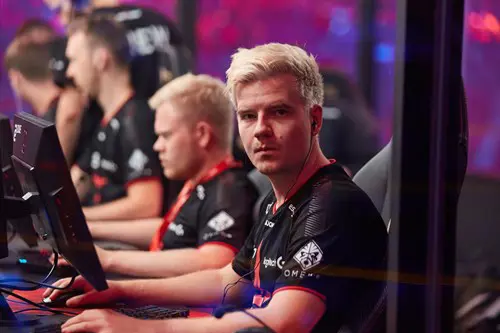
Common Factors of a Long Career at the Top
After going through all of the examples, I think the Astralis trio best exemplify the most common qualities needed to have a long career as a top player in the scene. For a CS:GO player to succeed at the top for a prolonged period of time, they need versatility, the ability to grow, and the ability to identify the other players they need to succeed.
In the case of KennyS and Shox, raw talent and the right environment is another potential pathway if a pro has that level of prodigious talent. NBK and KRIMZ’s success follows a similar path to the Danish core, though it’s worth noting that KRIMZ is different from other players in this category as he’s taken up more of a star role as time has gone on.
The final two examples are GuardiaN and JW. While the two have completely different styles and careers both needed a system to succeed. GuardiaN’s best periods had him play on the structured Zeus/starix system and with karrigan. Vintage JW only returned after he re-adapted his style and Fnatic had the right pieces to enable that playstyle.
Overall, the most important qualities to have an evergreen career in CS:GO are talent, versatility, and a strong understanding of what environment (teammates/system) a player needs to thrive.
For more, head to our Counter-Strike homepage.

About The Author
Stephen "stuchiu" Chiu
Stephen "stuchiu" Chiu is a Freelance Journalist at GGRecon. He has previously written for other publications like Dexerto, VPEsports, and Slingshot.
